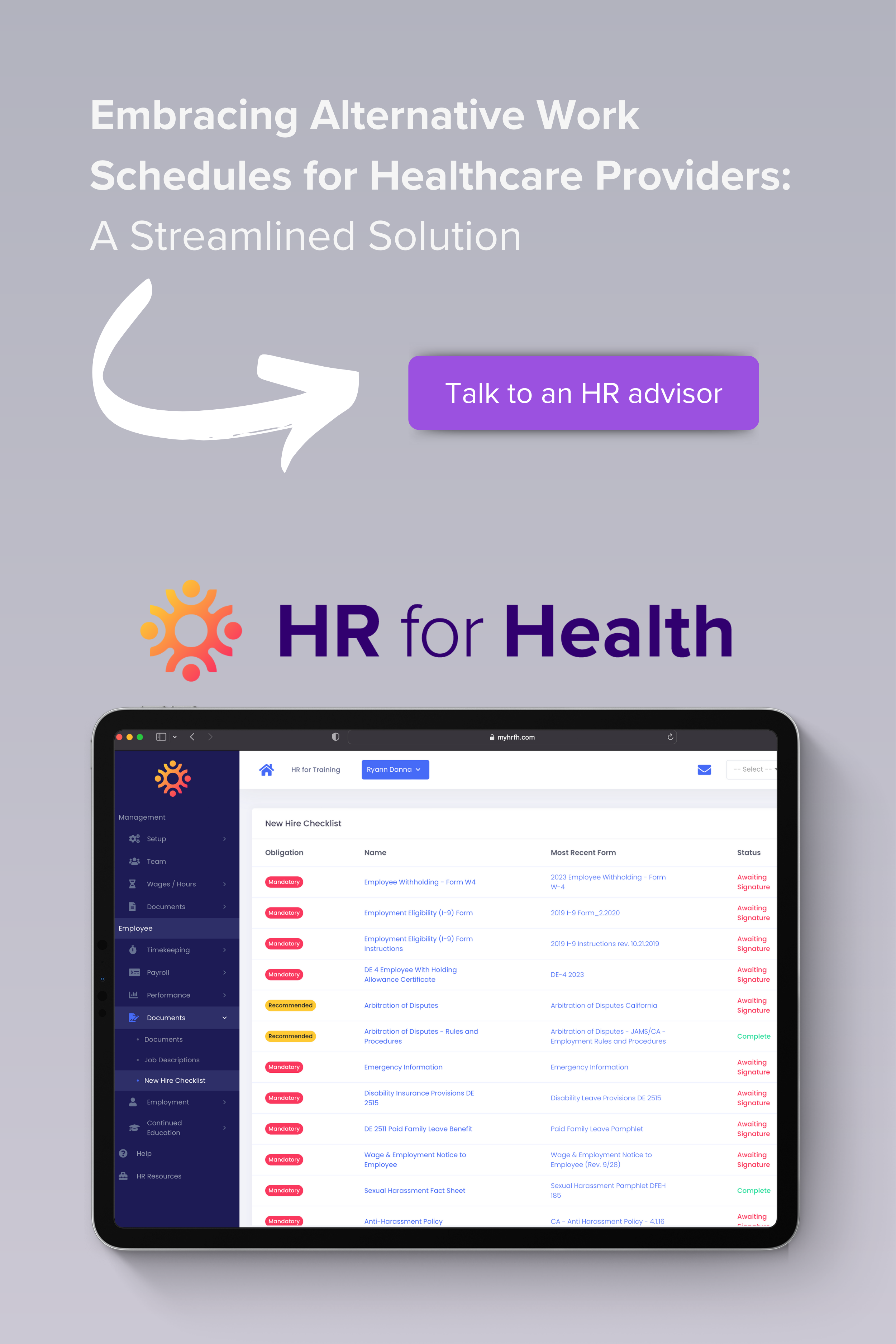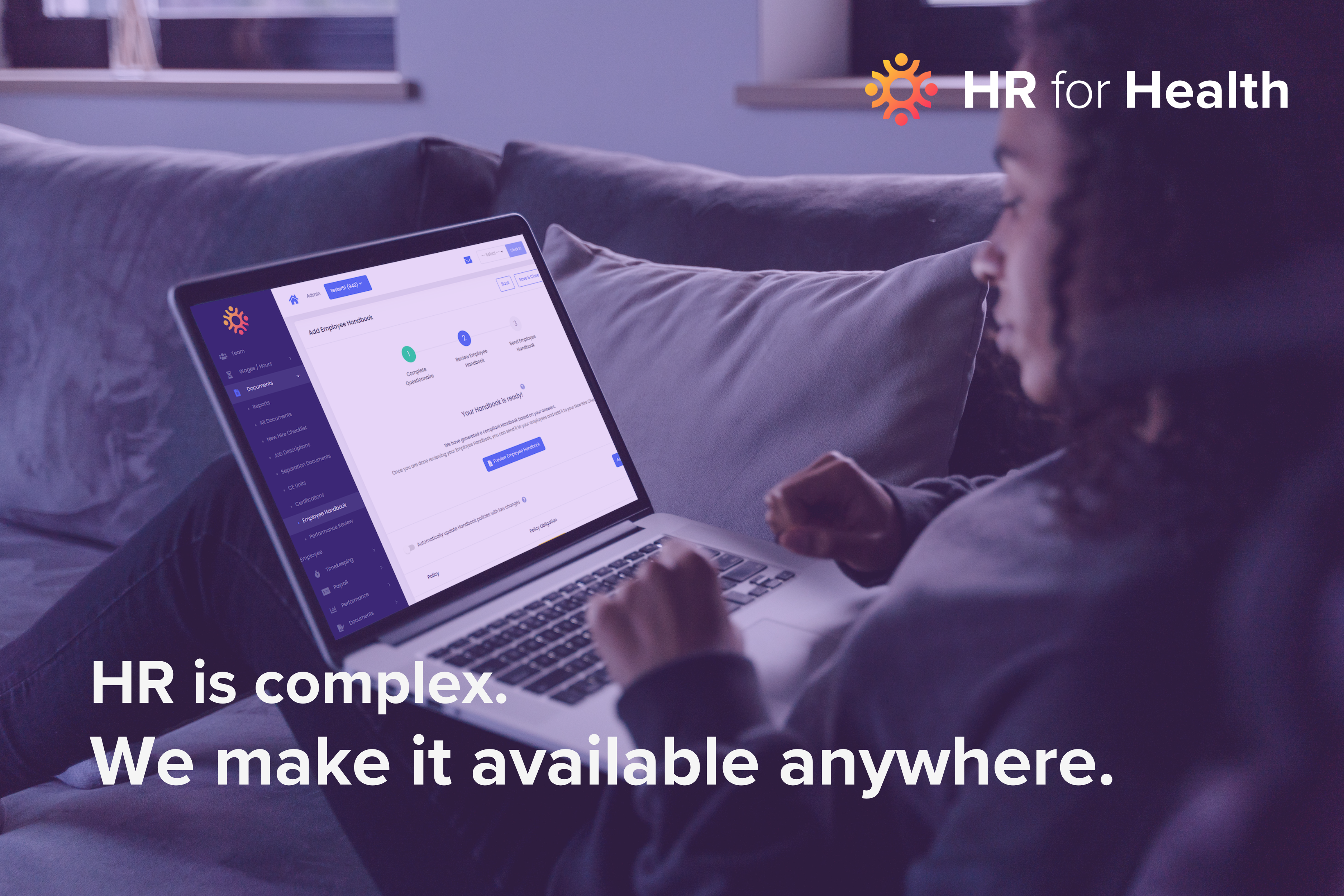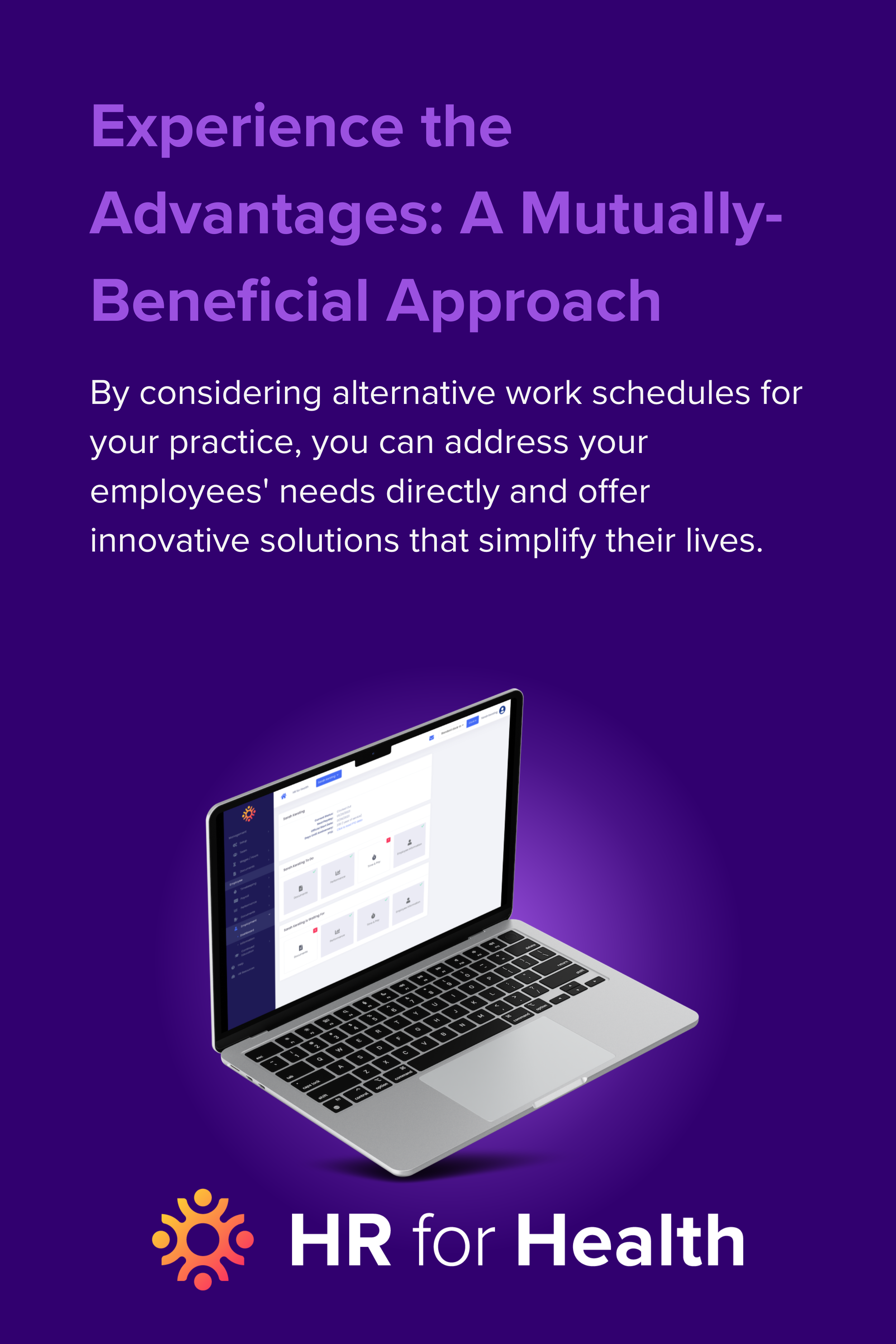As a healthcare practice owner, you may be searching for effective ways to optimize employee scheduling and address the work-life balance of your staff. Alternative work schedules can be a powerful approach to achieve this balance, resulting in a happier and more efficient team. Many healthcare providers, including dentists, therapists, and physicians, are discovering the benefits of flexible work schedules. Let’s explore some popular alternative work schedule options and how they can enhance your healthcare practice.
Flextime: Customizable Start and Stop Times
If your practice observes specific core hours, flextime can provide an ideal solution. Flextime allows your employees to choose their arrival and departure times within a designated range of hours. For instance, you may establish core hours of 9 AM to 3 PM during which all staff must be present, but permit them to begin work as early as 7 AM and leave as late as 6 PM. This additional flexibility makes daily commutes more manageable and less time-consuming for your team members.
Flexible scheduling may be particularly beneficial for healthcare professionals who have children or other responsibilities outside of work. For example, you may choose to allow staff members with young children to begin work at 8 AM and leave by 4 PM in order to attend after-school activities. On the other hand, if your practice sees a large number of patients on weekends, flextime could help reduce staffing costs by allowing employees to work fewer hours during these peak times.
Compressed Work Weeks: Fewer Days, Enhanced Efficiency
Compressed work weeks are another excellent option to consider. Implementing a compressed work week allows employees to complete their typical 40 work hours within fewer than five days. For example, your dental hygienist might work four 10-hour days instead of five 8-hour days. This arrangement grants them an extra day off every week for personal responsibilities and leisure activities while still meeting the required total weekly hours.
You may be wondering: Won’t this just make my staff tired and less productive? While it’s true that employees will have less time to rest on their days off, the reality is that working fewer hours each day may actually increase productivity. This is because workers don’t have to spend valuable time commuting or preparing for work each morning—they can simply start when they arrive.
The American Psychological Association has published studies that show working too long each day can actually increase stress levels and decrease energy. In addition, employees who work fewer hours may be more motivated to do their jobs well because they will have more time to spend with friends and family outside of work.
If you’re looking to cut back on employee hours, it’s important to consider the impact this will have on your business. If you don’t have enough employees working each day, customers may not be able to get the service they need and could take their business elsewhere.
Job Sharing: Cooperative Roles for Increased Flexibility
Job sharing is a creative approach for situations in which two part-time employees can share the responsibilities of a single full-time role. A therapist position, for instance, could be divided between two therapists who each work three days a week, splitting a full caseload between them. This form of collaboration offers employees greater flexibility and improved work-life balance, while maintaining the quality of care at your practice.
Job sharing can be a great solution for employees who want to work part-time but aren’t quite ready to make the leap into full-time self-employment, or those who are still paying off student loans and need more time to save up. The practice also benefits from more efficient use of its resources—for example, by reducing office space requirements.
Take your personalized HR software anywhere with HR for Health
Telecommuting: Remote Work Options
Telecommuting offers the possibility for employees to work from home or other off-site locations. Healthcare providers may choose to consult with patients via video chat or complete administrative tasks remotely for a portion of the week. This alternative work arrangement saves commuting time and offers greater flexibility for your team members.
In some cases, telecommuting may be a better option for your practice than having staff members work from home full-time. You can try one or two days per week of remote work to see how it works for your team before making any changes.
 Working from Home: The Benefits and Drawbacks
Working from Home: The Benefits and Drawbacks
Working from home can provide benefits such as reduced stress levels, improved productivity and greater flexibility in scheduling hours. However, it also presents challenges like ensuring that employees are adequately supported when they’re not in the office. Telecommuting is great for your practice and your employees. You can get the benefits of having staff members who work from home without losing face-to-face contact or the ability to fully engage in team meetings.
But if you’re going to allow employees to work from home, you need to make sure you have an effective telecommuting policy in place. A good telecommuting policy will include guidelines for what type of work can be done remotely and when it’s required that employees come into the office. It should also outline how you expect employees to communicate with each other while they are working remotely as well as how they should handle any emergencies or urgent situations that arise during a remote work day.
Experience the Advantages: A Mutually-Beneficial Approach
By implementing alternative work schedules, your healthcare practice can enjoy various benefits such as reduced turnover, enhanced work-life balance, and increased productivity. The adaptable nature of these scheduling options allows for seamless integration with any position or work setting in the healthcare industry.
Our aim is to offer you the assurance that you can “never worry about HR again.” By considering alternative work schedules for your practice, you can address your employees’ needs directly and offer innovative solutions that simplify their lives. The result is a supportive, efficient work environment that promotes employee satisfaction and the success of your healthcare practice.
Don’t hesitate to explore alternative work schedules and find the best fit for your practice’s unique needs. By working together, we can help you create an optimal and harmonious workplace.




